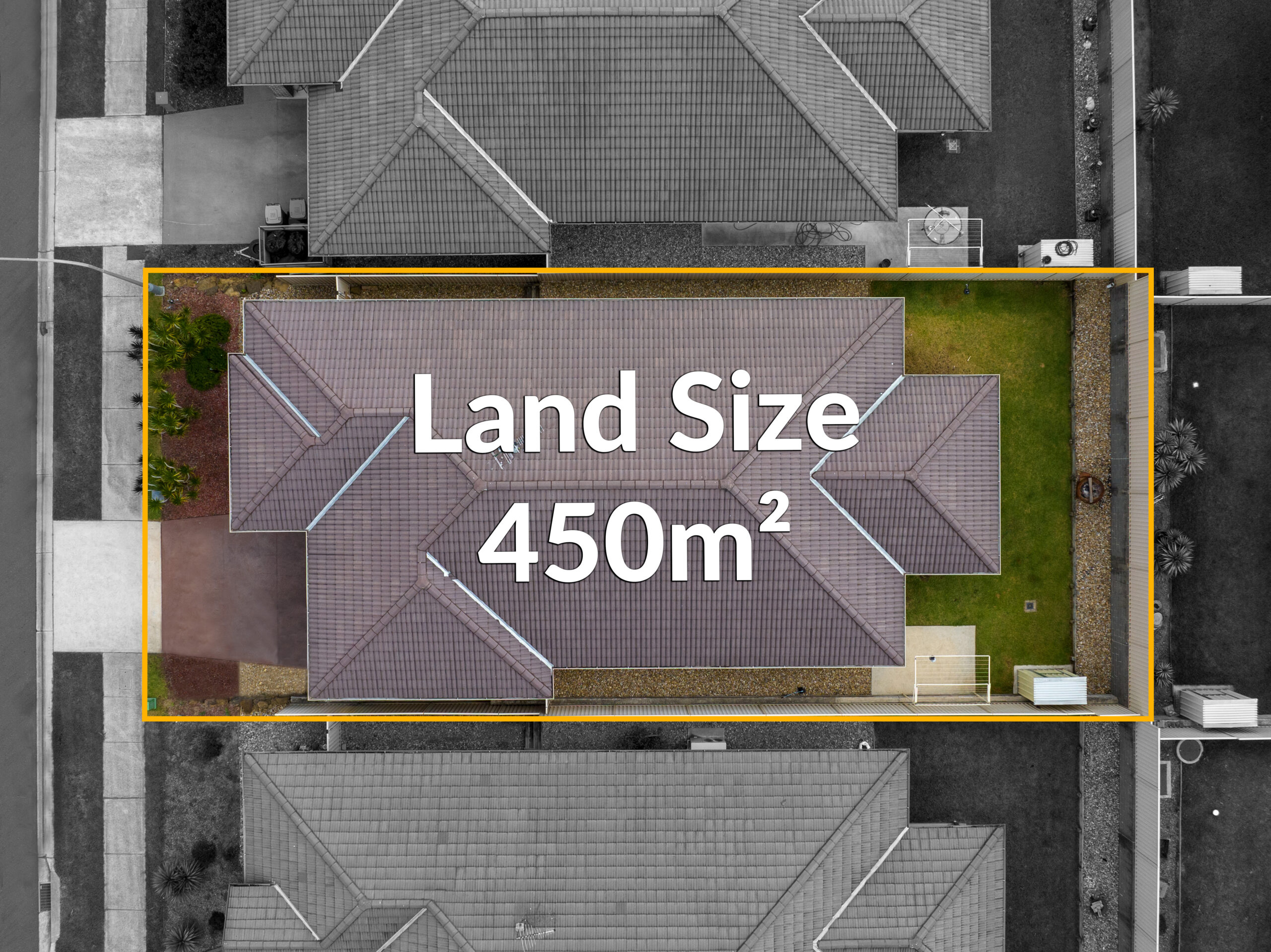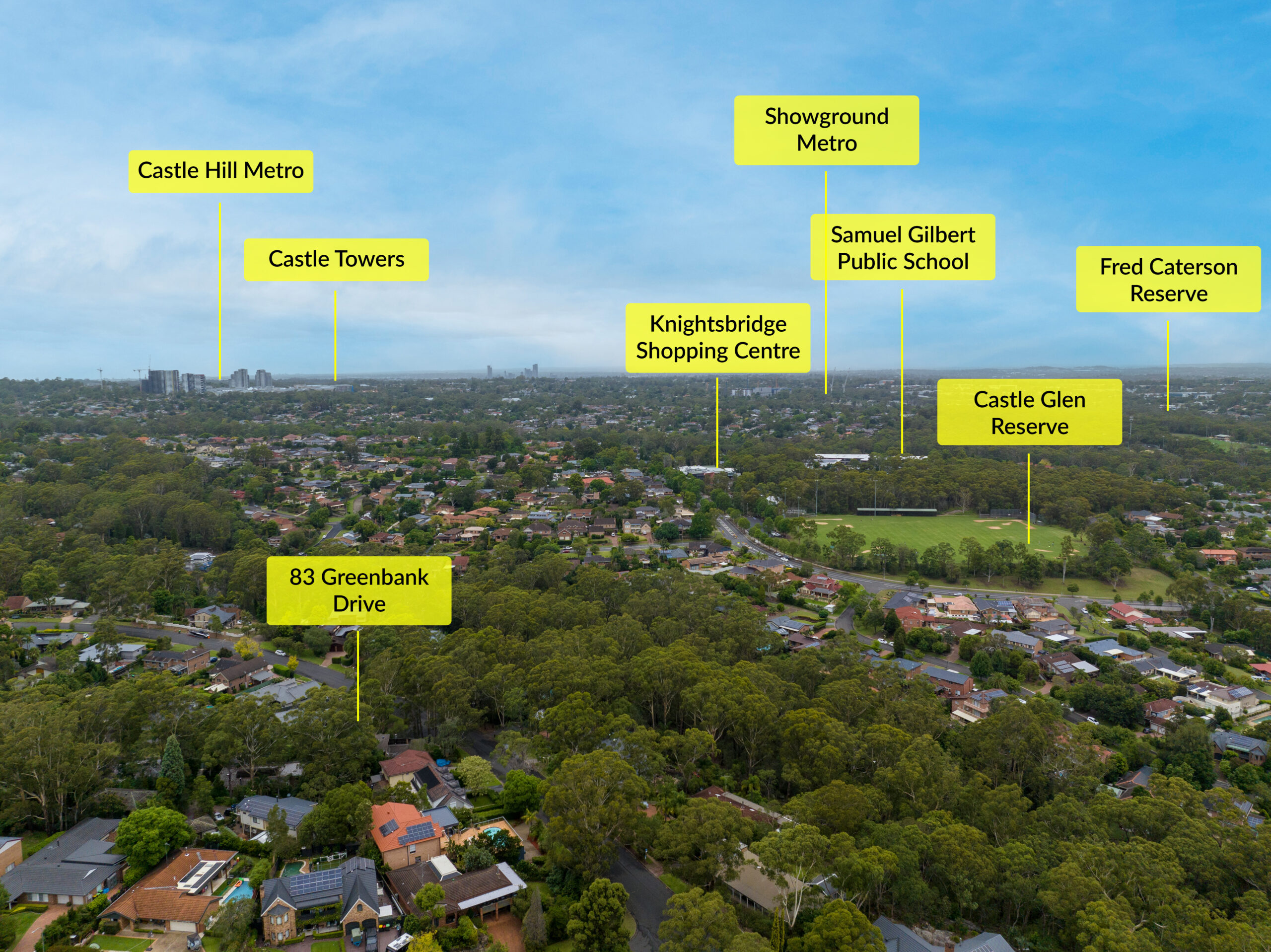Understanding the Power of Video in Today’s Digital Landscape
In an age where digital content reigns supreme, video stands out as a king among many media formats. Video’s omnipresence in today’s digital landscape is not just by chance; it reflects its pronounced impact in engaging and informing audiences. With span> the average person’s attention span dwindling, the video’s dynamic nature cuts through the static, making it a powerful tool for capturing and retaining viewer interest.
The effectiveness of video content is also evident in its multipurpose utility across various digital platforms. From social media feeds to corporate websites, videos enhance user experience by providing an immersive form of storytelling that static images and text simply cannot deliver. Video’s ability to convey messages quickly and effectively through visuals, sound, and motion caters to the modern consumer’s preference for fast and accessible information. This is why platforms like YouTube, Instagram, and TikTok have surged in popularity, leveraging the inherently engaging qualities of video to attract billions of active users.
Marketers and content creators understand that video’s versatility is unmatched, as it can adapt to serve educational, entertaining, informational, or promotional needs — often simultaneously. For instance, an explainer video can break down complex topics for easier understanding. In contrast, a well-crafted promotional video can evoke emotions and drive consumer behavior, illustrating the video’s strength in conveying information and compelling action.
Moreover, with technological advances, creating high-quality videos is now open to more than just professionals with expensive equipment. User-generated content on platforms like TikTok showcases the power of video to virally spread trends and ideas, emphasizing its accessibility and influence. Consequently, video has democratized how we produce and consume content, fostering a more interactive and connected digital world where everyone can have a voice and share in the collective human experience through the lens of their cameras.
Creating Compelling Video Content That Resonates With Your Audience
Engaging an audience with video content requires a deep understanding of both your demographic and the stories they find valuable. In today’s digital landscape, where users are bombarded with a myriad of media choices, creating video content that stands out is more important than ever. Your video content should tap into the emotions of your viewers, utilizing storytelling techniques that are entertaining and create a lasting impact on the viewer. You can form a stronger connection with your audience by spearheading videos with relatable characters, real-world situations, or compelling narratives.
Moreover, to truly resonate with viewers, maintaining authenticity is essential. Authenticity breeds trust and connection, which in turn fosters engagement. Share behind-the-scenes clips, customer testimonials, or personal stories to show the human side of your brand. Remember, audiences tend to gravitate towards content reflecting their experiences and challenges. Thus, incorporating genuine and relatable elements into your videos can greatly enhance their effectiveness.
Visual and auditory elements also play a critical role in capturing your audience’s attention. Use high-quality visuals and good sound design to ensure your video content has a professional edge. It’s also beneficial to keep up with current trends and styles in video production to ensure that your content feels fresh and relevant. However, don’t chase trends for the sake of it—make sure any style or creative decision aligns with your brand identity and enhances the story you’re trying to tell.
Leveraging Social Media Platforms to Amplify Your Video Reach
In the digital era, harnessing the power of social media platforms has become a critical strategy for maximizing video reach. With billions of active users, platforms like Facebook, Instagram, YouTube, and TikTok offer unprecedented opportunities to connect with a larger audience. For content creators and marketers, understanding how to distribute video content through these channels effectively can significantly impact the visibility and success of their message.
One key aspect of leveraging social media is tailoring content to the specific platform. Facebook, for example, is well-suited for longer, more narrative-driven videos, which can harness the power of storytelling and community engagement. On the other hand, Instagram favors visually compelling, concise clips, often enhanced by trendy features such as Reels and Stories. YouTube remains the leading platform dedicated to video sharing, where detailed descriptions, tags, and interactive elements such as cards and end screens can accompany longer-form content. Meanwhile, TikTok, focusing on spontaneity and trends, is ideal for short, snappy videos that tap into the latest viral challenges and sounds.
Another important tactic is to engage with the audience through consistent content creation and interaction. Encouraging viewers to ‘like,’ comment, and share videos can greatly increase their reach. Creating shareable content—informative, entertaining, or inspiring—invites users to spread the word organically. Scheduling posts to align with peak activity times on each platform ensures maximum potential views. Participating in conversations and community groups related to the video topic can drive additional traffic and position videos in front of like-minded viewers, enhancing both reach and relevance.
Collaboration and cross-promotion across different platforms can also multiply a video’s exposure. Partnering with influencers or brands with an established social media presence can open up cross-promotional opportunities that benefit all parties involved. Furthermore, integrating social media tactics such as hashtag campaigns or joining trending conversations can amplify a video’s reach beyond a creator’s existing audience. By harnessing the symbiotic relationships between various platforms, creators can craft a comprehensive strategy to ensure their videos travel far and wide across the digital landscape.
Integrating Video into Your Overall Marketing Strategy
Integrating video content into a marketing strategy has never been more important. With the rise of digital media, videos have become a critical tool for businesses aiming to capture the attention of a diverse audience. The video’s visual and audio elements allow complex messages to be delivered in an engaging and digestible format, making it an ideal medium for storytelling and brand communication. Furthermore, videos can be shared across multiple platforms, increasing the reach and impact of marketing campaigns.
Understanding your audience is key when crafting video content. Identifying your target audience’s demographics, interests, and viewing preferences will help tailor videos that resonate with viewers and encourage engagement. Videos can come in various forms, including how-to guides, product demonstrations, company culture highlights, or client testimonials, each serving a different purpose within the broader marketing strategy. It is crucial to plan content that promotes your product or service and provides value to the viewer, fostering a sense of community and brand loyalty.
SEO benefits of video content should be noticed. Incorporate relevant keywords into the video title, description, and tags to optimize the video for search engines. Closed captioning and transcripts can provide additional textual content indexed by search engines, improving the accessibility and SEO of your videos. Beyond visibility on search engines, video content garners more backlinks and shares, contributing to a stronger online presence and higher domain authority.
Finally, measuring the performance of your video content is crucial for refining your marketing strategy. Utilize analytics tools to track views, watch time, click-through rates, and social shares. This data provides valuable insights into what video formats and topics drive the most engagement, allowing for data-driven decisions in future content creation. Understanding these metrics ensures that your video marketing efforts align well with your overall strategy, enhancing brand reach and increasing marketing ROI.
Measuring Success: Tracking Video Performance Metrics
When it comes to understanding the impact of video content, there are several key performance metrics that creators and marketers need to track. The most immediate metric that springs to mind is views, as it indicates the most basic level of engagement – how many times the video has been watched. However, if we delve deeper, we see that views provide a somewhat superficial understanding of a video’s true success. To gain better insights, one must look at unique views that distinguish between repeat and singular viewers, giving a clearer picture of reach.
Another critical metric is watch time, which gives a more nuanced understanding of engagement by showing how long viewers stay tuned into the content. High watch time often correlates with greater relevance and interest, suggesting the video successfully captures and maintains the audience’s attention. Additionally, monitoring audience retention rates is essential, pinpointing exactly where viewers are dropping off or skipping. This data is vital for making content adjustments, as it reveals which segments may need tightening up or a creative boost.
[aib_post_related url=’/the-five-essential-drone-shots-for-real-estate-video/’ title=’The Five Essential Drone Shots for Real Estate Video’ relatedtext=’You may also be interested in:’]
Engagement does not stop at views and watch time; interactions such as likes, comments, and shares are indicators of a video’s resonance with the audience. Engagement metrics, which include these interactions, help content creators understand which aspects of their videos strike a chord with viewers or, conversely, what might be turning them off. This direct audience feedback through interactions is invaluable for fostering an engaged community and encouraging social sharing, amplifying a video’s reach and influence.
[aib_post_related url=’/elementor-1476/’ title=’Jimeoin’ relatedtext=’You may also be interested in:’]
For those looking to drive specific actions from their video content, conversion metrics such as click-through rate (CTR) on video calls to action (CTAs) are paramount. These figures demonstrate whether the video was watched and whether it succeeded in motivating the viewer to take the next desired step, whether that’s visiting a website, signing up for a newsletter, or making a purchase. Understanding these outcomes can directly inform return on investment (ROI) calculations and strategic planning for future video content.















